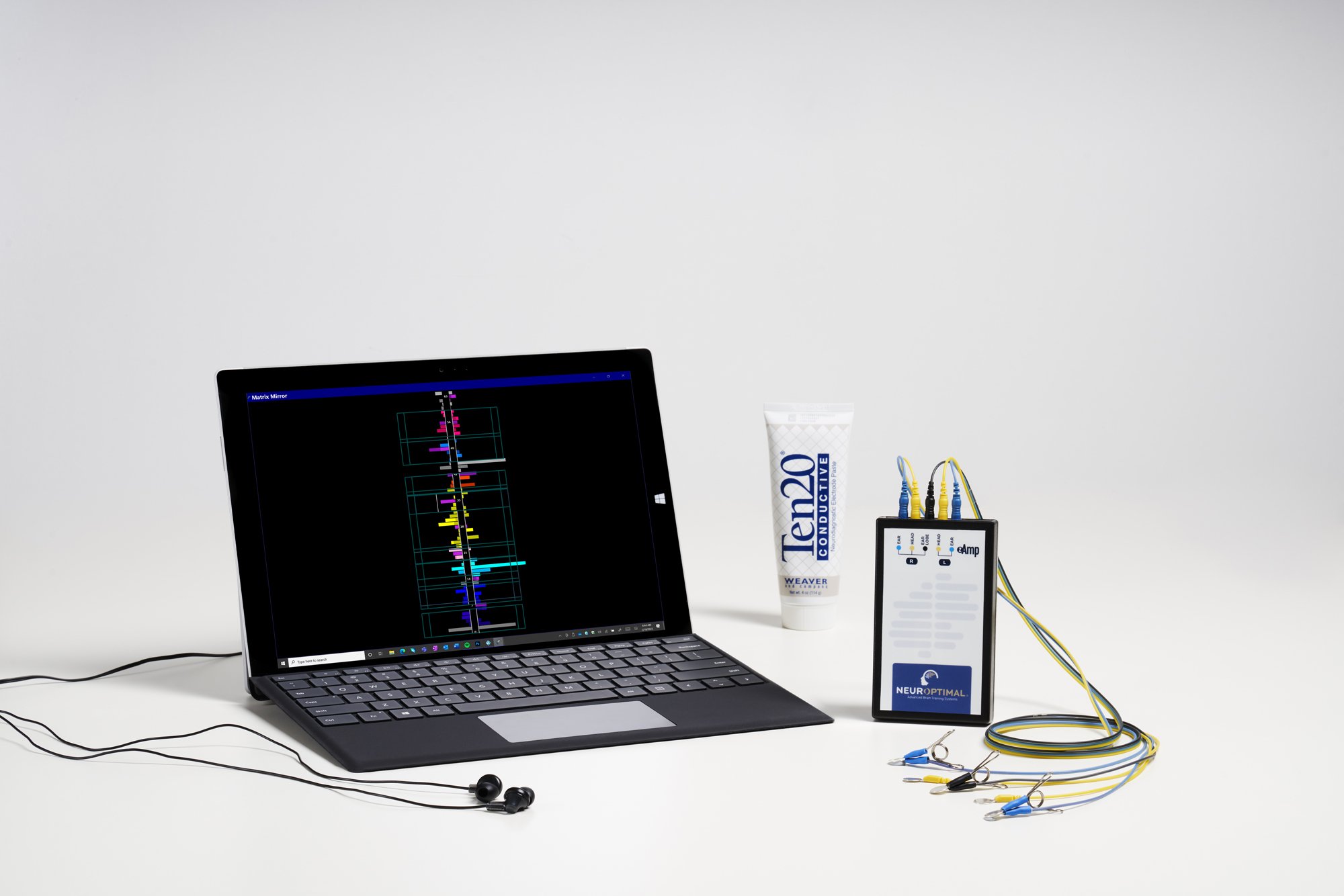
qEEG entails positioning small electrodes on the head to record cerebral waves. These cerebral oscillations are then analyzed to detect patterns that may indicate sleep conditions, including sleep apnea. By analyzing these patterns, medical providers can gain a more precise picture of how sleep apnea interrupts typical brain function during sleep. This data can be essential for developing efficient treatment strategies tailored to specific patients. Comprehending the relationship between qEEG and sleep apnea can lead to enhanced diagnostic techniques and better outcomes for those impacted by this condition.
Studies has shown that people with sleep apnea often display distinct alterations in their brain oscillation trends. For instance, during instances of apnea, the brain may show heightened activity in certain regions while other regions become more active. These changes can influence how well a person slumbers and how rested they feel upon awakening. By using qEEG to monitor these cerebral oscillation patterns, doctors can recognize particular characteristics of sleep apnea in patients, which can assist in making a more precise diagnosis. This is particularly crucial because sleep apnea can sometimes be confused for other sleep disorders, resulting to inappropriate therapies.
In addition to enhancing diagnosis, qEEG can also play a part in evaluating the effectiveness of therapies for sleep apnea. For example, after a client begins employing a constant positive airway pressure (CPAP) machine, which helps keep the airway clear during sleep, qEEG can be utilized to evaluate alterations in cerebral function. If the cerebrum shows improved trends of slumber after starting treatment, it may indicate that the treatment is working effectively. This response can help doctors formulate required adjustments to treatment strategies, guaranteeing that patients receive the best treatment possible.
In summary, the relationship between qEEG and sleep apnea trends is an promising area of study that offers potential for improving identification and treatment. By comprehending how sleep apnea affects cerebral Get More Info function, healthcare providers can develop more efficient approaches to assist patients achieve better slumber and improve their general well-being. As research continues to advance, it is likely that qEEG will become an essential tool in the fight against sleep apnea, leading to superior results for those who experience from this challenging condition.